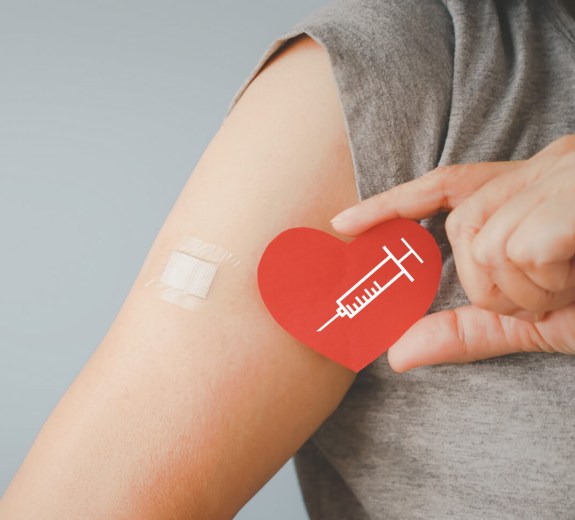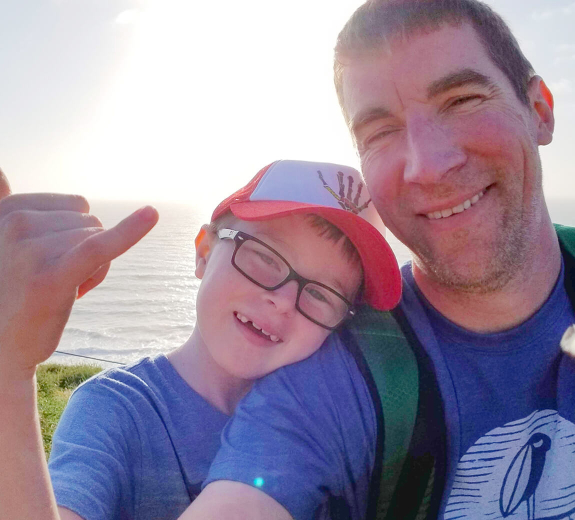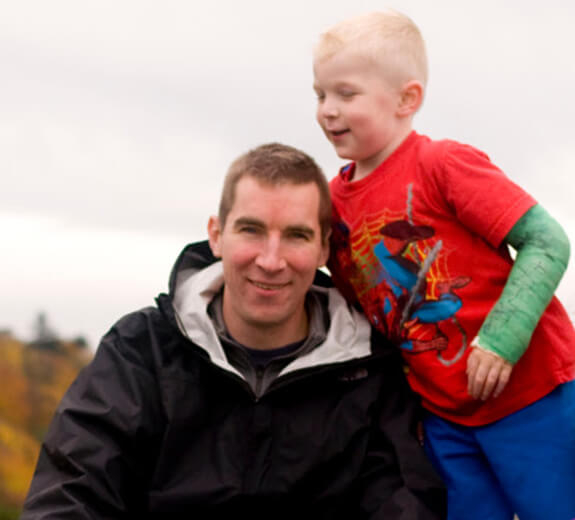Raising a child with type 1 diabetes takes patience.
Blood sugars rise and fall unpredictably, affecting nearly every aspect of daily life. It takes attention to detail. As the parents of 10-year-old Peter, who was diagnosed with the chronic autoimmune disease just before his third birthday, we are constantly counting carbs, calculating dosages and correcting our own mistakes. More than anything, it takes help. Nobody can do it alone.
Family, friends, healthcare providers, teachers, coaches, siblings, scientists and sometimes even strangers on the street are all part of a support network that helps us manage the highs and lows of life with type 1 diabetes. In the spirit of the season, we’d like to hand out a few valentines to the rock stars (literally, in one case) who make the days just a bit easier.
Our first valentine goes to Sir Frederick Banting, the early 20th century scientist who pioneered the use of insulin as life-sustaining medicine for type 1 diabetes patients. Today, thanks to Banting and his team, millions of people of all ages get the insulin their bodies need to convert sugar into energy, either by injection or through wearable pumps. We are also grateful to all the researchers at BRI and in labs around the world who are making discoveries that are revolutionizing treatments for type 1 diabetes.
Insulin may keep a person with type 1 diabetes alive, but it’s the people in our lives who get us up in the morning. That’s definitely true for Peter, who has an insatiable social appetite. While young children without a functioning pancreas are at-risk of dangerous low blood sugars, Peter has been able to go on playdates like other kids, thanks in large part to the parents who have put childhood friendship above their own fears and welcomed him and his buzzing, beeping devices for playdates, birthday parties and movie nights. To everyone who has ever helped keep Peter safe away from home, this valentine is for you.





